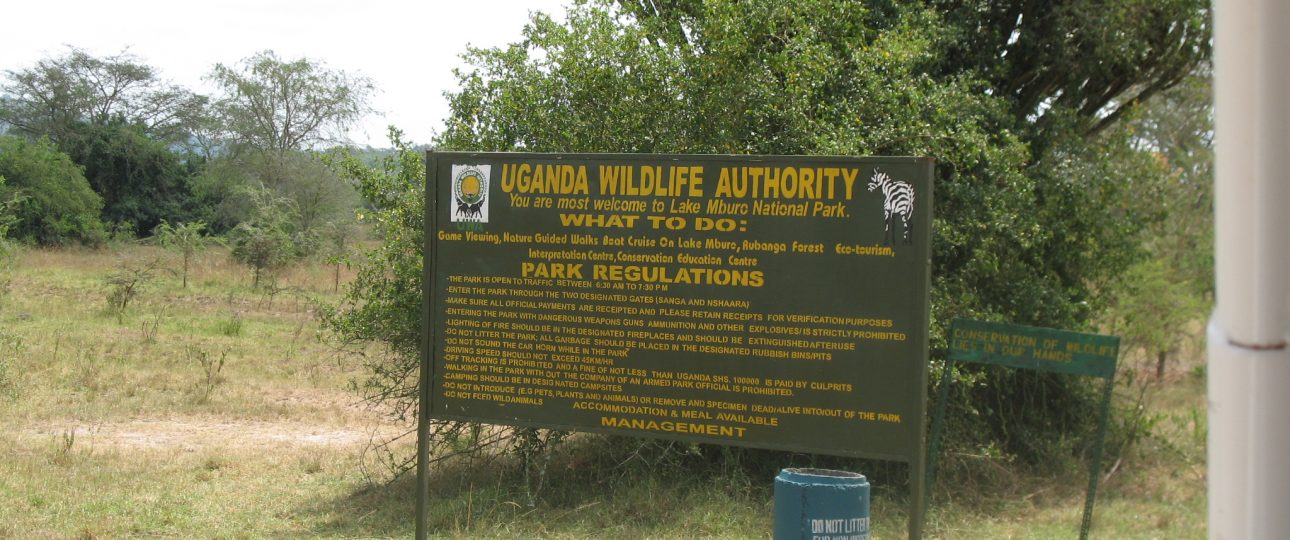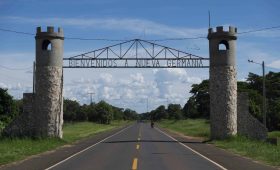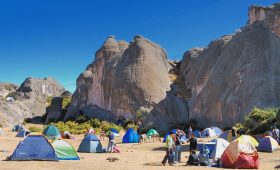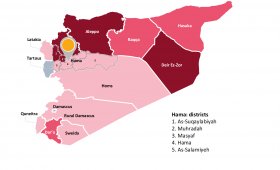Exploring Lake Mburo National Park
Lake Mburo National Park in Uganda offers a unique blend of wildlife, landscapes, and cultural history. Established as a national park in 1983, it has a complex past involving the Banyankole Bahima pastoralists who were displaced during its creation. Despite these challenges, the park remains a fascinating destination for those interested in both nature and history.
Reasons to Visit
- Wildlife Diversity: The park is home to a variety of animals including zebras, impalas, buffaloes, giraffes, and the elusive leopard. Hippos and crocodiles are commonly seen in the park’s lakes, making it a prime spot for wildlife observation.
- Scenic Landscapes: The park features savannah grasslands, rolling hills, and several lakes. These landscapes are particularly stunning at sunrise and sunset, offering excellent opportunities for photography.
- Birdwatching Opportunities: With over 350 bird species, including the African fish eagle and the rare African finfoot, the park is a haven for birdwatchers.
- Cultural Significance: The park contains culturally significant sites like Rubanga and Ruroko, which hold historical importance for the local communities.
Best Time to Visit
The ideal time to visit Lake Mburo National Park is during the dry seasons from June to August and December to February. Wildlife tends to gather around water sources during these months, making them easier to spot. The wet seasons, from March to May and September to November, can bring heavy rains, which may limit access to certain areas but also enhance the park’s lush greenery.
Getting There
- By Road: The most practical way to reach the park is by road. You can drive from Kampala, Uganda’s capital, which takes about four to five hours depending on traffic and road conditions. Alternatively, take a matatu taxi or bus to Sanga, then hire a private vehicle to the park.
Local Transportation
- Game Drives: Guided game drives are available and offer a chance to see the park’s diverse wildlife. A knowledgeable guide can enhance your experience with insights into the local flora and fauna.
- Walking Safaris: For a more personal experience, consider a walking safari. Accompanied by an armed ranger, you can explore the park on foot and observe wildlife up close.
- Boat Safaris: Lake Mburo itself offers boat safaris where you can see hippos, crocodiles, and various bird species.
- Mountain Biking: The park has designated trails for mountain biking, providing an adventurous way to explore the area.
Accommodation and Facilities
Accommodation options within and around the park are limited, so booking ahead is advisable. Mhingo Lodge offers deluxe safari tents with amenities like a swimming pool and horseback safaris. Hyena Hill Lodge provides lodges with views of the park and offers mountain bike tours. For those who prefer camping, there are designated spots available.
Food options are scarce, so it’s wise to bring your own supplies. The park’s remote location means facilities are limited, but this also contributes to its unspoiled charm.




